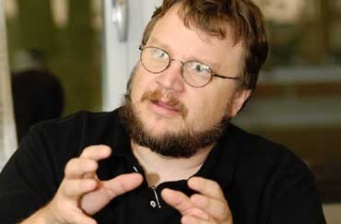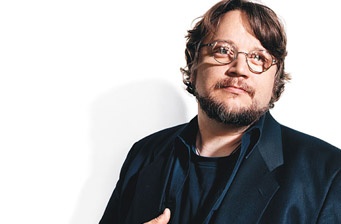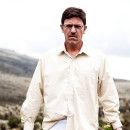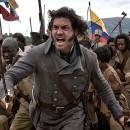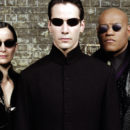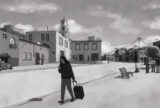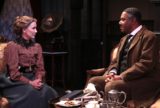‘The Hobbit’: Interviews with Peter Jackson and the cast!
12.11.2012 | By Karen Posada |
It’s been almost 10 years since ‘The Lord of the Rings: The Return of the King’ premiered and now finally the prequel to ‘The Lord of the Rings’ is here, ‘The Hobbit: An Unexpected Journey’ will open in the United States this Friday December 14. This one will be followed by ‘The Hobbit: The Desolation of Smaug’ to open December 13, 2013 and then, ‘The Hobbit: There and Back Again’ July 18th 2014. In this first part, we will join young Bilbo Baggins (Martin Freeman) in his first adventure with some new faces such as Thorin (Richard Armitage) the Dwarf King of Erebor and the rest of the twelve dwarves, whose kingdom has been taken away by a dragon named Smaug. Familiar faces accompany us on the trip such as the wizard Gandalf the Grey (Ian McKellen) and they will bump into Goblins, Orcs, Giant Spiders, Sorcerers and even Gollum (Andy Serkis) among others. In this journey he will discover himself as well as the wanders that the world outside of The Shire has to offer. Read More

